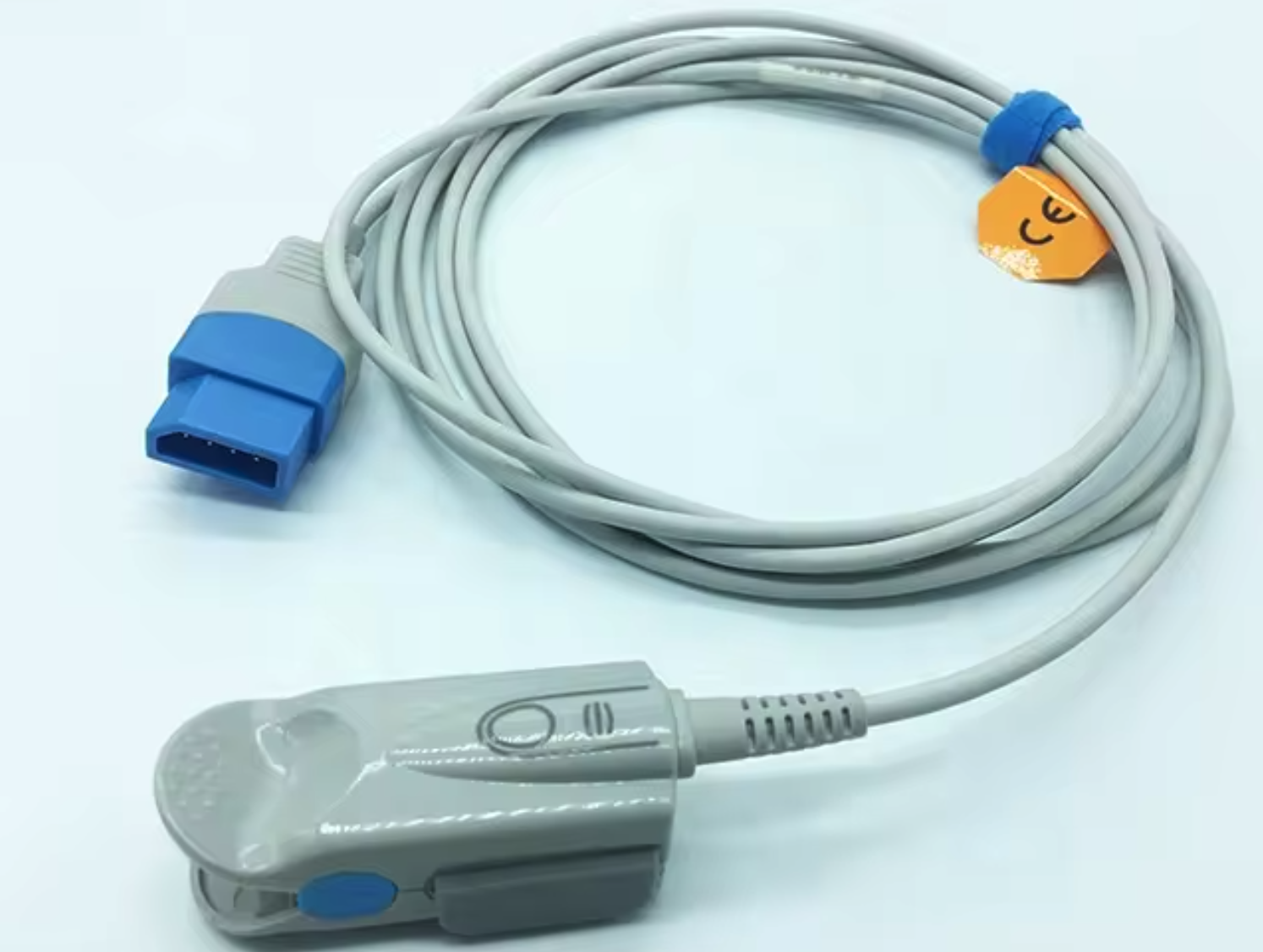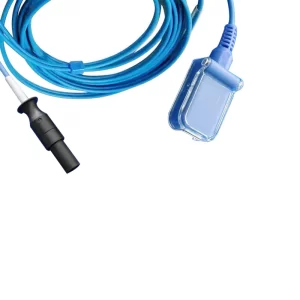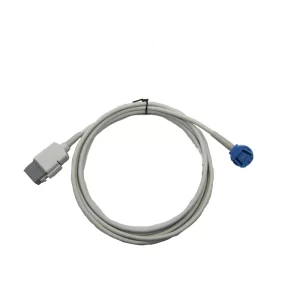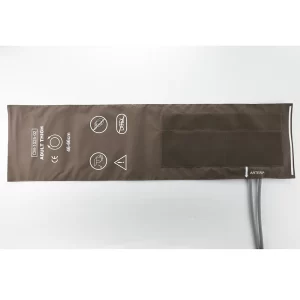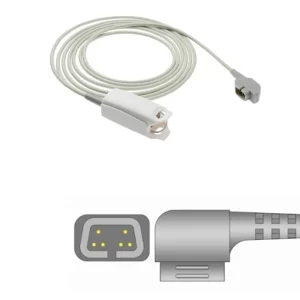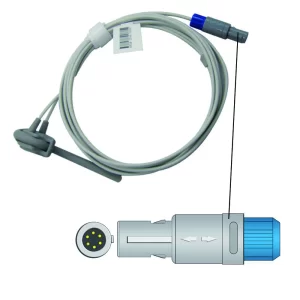Spo2 sensors play a crucial role in monitoring oxygen levels in the blood, contributing significantly to healthcare and personal well-being. Let’s delve into the fascinating world of Spo2 sensors and explore how they work.
Introduction
Spo2 sensors, or oxygen saturation sensors, are integral to measuring the amount of oxygen carried in the blood. In healthcare, they are frequently employed in devices like pulse oximeters, aiding in the early detection of respiratory issues and monitoring patients with chronic conditions.
What is Spo2?
Spo2, an abbreviation for peripheral capillary oxygen saturation, serves as a crucial metric in assessing the level of oxygen saturation within the bloodstream. This measurement is a pivotal indicator of how effectively hemoglobin, the oxygen-carrying component of red blood cells, binds with oxygen molecules. In essence, Spo2 provides valuable insights into an individual’s respiratory health and the efficiency of oxygen transport within the body.
The significance of Spo2 lies in its ability to quantify the proportion of hemoglobin that is oxygenated, presented as a percentage. This metric is vital for healthcare professionals in diagnosing and monitoring various medical conditions, particularly those related to respiratory function. Spo2 readings below the normal range may indicate hypoxemia, a condition characterized by low levels of oxygen in the blood, prompting timely intervention.
Understanding Spo2 and its implications involves recognizing the intricate relationship between oxygen and hemoglobin in sustaining bodily functions. Spo2 not only acts as a diagnostic tool but also plays a pivotal role in proactive healthcare management, enabling individuals to monitor their respiratory well-being.
How Accurate are SpO2 Sensors?
The accuracy of SpO2 sensors is a critical factor in ensuring reliable health assessments. Modern SpO2 sensors are generally highly accurate when used correctly. The accuracy can vary slightly among different devices and brands, but in general, they provide precise readings within a small margin of error. Factors influencing accuracy include proper sensor placement, patient movement, ambient light, and the device’s calibration.
SpO2 sensors used in medical-grade equipment and devices adhere to stringent standards to guarantee accuracy. However, it’s essential for users, whether healthcare professionals or individuals, to follow guidelines for proper usage and maintenance to optimize accuracy. Regular calibration, adherence to correct placement procedures, and awareness of potential interference factors contribute to the overall precision of SpO2 readings.
How Does an SpO2 Monitor Work?
An SpO2 monitor, commonly found in pulse oximeters, operates on the principle of pulse oximetry. These monitors utilize a combination of light sources and photodetectors to measure the absorption of light through body tissues, particularly blood vessels. The key components of an SpO2 monitor include light-emitting diodes (LEDs) that emit specific wavelengths of light and photodetectors to capture the transmitted light.
The monitor emits both red and infrared light through the skin, typically at the fingertip or earlobe. Oxygenated hemoglobin and deoxygenated hemoglobin absorb light differently, allowing the monitor to distinguish between the two. By analyzing the amount of light absorbed, the monitor calculates the percentage of oxygen saturation in the blood.
The process involves cyclical pulsations of blood flow corresponding to the heartbeat, providing real-time updates on oxygen saturation levels. The monitor then displays this information in an easily interpretable format, commonly as a percentage.
What is the Physics Behind Pulse Oximetry?
Pulse oximetry, the underlying technology in SpO2 monitors, is rooted in the principles of spectrophotometry. This branch of physics deals with the measurement of how substances absorb light at different wavelengths. In the case of pulse oximetry, the interaction of light with hemoglobin in the blood forms the basis of the measurement.
Hemoglobin has distinct absorption characteristics for red and infrared light. Oxygenated hemoglobin absorbs less infrared light, while deoxygenated hemoglobin absorbs more. By comparing the ratio of absorbed red to infrared light, pulse oximetry determines the oxygen saturation level. The physics behind this process enables the creation of accurate and non-invasive devices for monitoring oxygen saturation.
Understanding the physics of pulse oximetry emphasizes the importance of selecting appropriate wavelengths of light, designing sensors with high sensitivity, and accounting for potential interference factors. This knowledge ensures the reliability of SpO2 measurements across a range of physiological and environmental conditions.
What is the Principle of SpO2 Measurement?
The principle of SpO2 measurement revolves around the fundamental concept of oxygenated and deoxygenated hemoglobin’s differential absorption of specific wavelengths of light. The SpO2 sensor emits both red and infrared light into the blood vessels beneath the skin. As the light passes through, it encounters hemoglobin, which absorbs different amounts of each wavelength based on its oxygenation state.
The sensor detects the transmitted light, and the ratio of absorption between the red and infrared wavelengths is calculated. This ratio, combined with advanced algorithms, allows the SpO2 monitor to accurately determine the percentage of oxygen saturation in the blood. The cyclic variations in blood flow corresponding to the heartbeat contribute to the real-time nature of SpO2 monitoring.
Spo2 sensors are indispensable tools in healthcare and personal health management. Understanding how these sensors work, their applications, and potential challenges ensures users make the most of this technology. As Spo2 sensor technology continues to advance, its impact on respiratory health and overall well-being is bound to grow.
FAQs
- Are Spo2 sensors only used in medical settings?
- No, Spo2 sensors are also integrated into wearable devices for personal health monitoring.
- How often should Spo2 sensors be calibrated?
- Regular calibration is recommended, typically as per the manufacturer’s guidelines, to maintain accuracy.
- Can Spo2 sensors be affected by external factors?
- Yes, environmental factors like poor circulation, nail polish, or ambient light can impact Spo2 sensor readings.
- What is the role of Spo2 sensors in COVID-19 management?
- Spo2 sensors are used for home care to monitor oxygen levels in COVID-19 patients and facilitate timely medical intervention.
- Do Spo2 sensors work for people with darker skin tones?
- Yes, modern Spo2 sensors are designed to provide accurate readings across a diverse range of skin tones.

